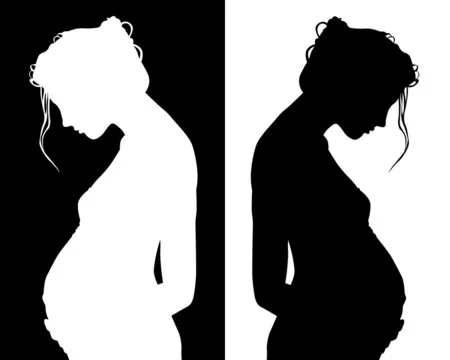Every new parent worries about the safety of their sleeping baby, especially with concerns surrounding Sudden Infant Death Syndrome (SIDS). While the fear is common, the actual risk of SIDS is quite low, and there are several proactive measures you can take to minimize it even further.
What is SIDS?
SIDS, or Sudden Infant Death Syndrome, refers to the unexpected and unexplained death of an otherwise healthy baby under one year of age, typically during sleep. It stands as one of the leading causes of infant mortality in the first year of life. Research indicates that babies are significantly more likely to experience SIDS if they sleep on their stomachs rather than on their backs.
What Causes SIDS?
While the exact cause of SIDS remains unclear, various environmental factors can elevate a baby’s risk. These include sleeping on their tummy, using soft bedding, and co-sleeping with parents. For more in-depth information about these factors, consider exploring resources such as Resolve, which provides excellent insights into family building.
How Common is SIDS and What Factors Affect Risk?
SIDS is statistically rare, but certain conditions can increase the likelihood. Babies who sleep on their stomachs are up to 12.9 times more at risk than those placed on their backs. Additionally, factors like parental smoking and premature birth can heighten risk levels.
How to Prevent SIDS
There are several steps you can take to help protect your baby:
- Always place your baby on their back to sleep.
- Use a firm mattress without soft bedding or toys.
- Keep the sleep environment smoke-free.
- Consider using a pacifier during naps and bedtime, as this has been linked to a reduced risk of SIDS.
For those looking to explore parenting options further, sites like Vegas Pregnancy offer unique services such as sperm donor matching in Las Vegas. Additionally, if you’re considering at-home insemination, check out Make A Mom for their reusable insemination syringe kits, and their how it works page provides a great explanation of the process.
Can a Baby Survive SIDS?
Tragically, SIDS results in the death of the infant, and there are no known survivors. Understanding what SIDS entails can help parents take necessary precautions.
Distinguishing Between SIDS and SUID
It’s essential to differentiate between SIDS and Sudden Unexplained Infant Death (SUID). While SIDS is a specific diagnosis, SUID encompasses all unexpected deaths in infants, including those that may have identifiable causes.
When Can You Stop Worrying About SIDS?
Parents often feel anxious about SIDS until their child reaches a certain age. The risk significantly decreases after the first year, but maintaining safe sleep practices is advisable beyond this period.
Support for Families Affected by SIDS
If you or someone you know has been impacted by SIDS, various support networks can provide assistance. For more information, you can refer to Modern Family Blog, which offers resources and community support for affected families.
In summary, while SIDS is a serious concern for new parents, understanding its risks and taking preventative measures can greatly reduce the likelihood of occurrence. For further insights on this topic and others related to family planning, such as intracervical insemination, visit this page.

Leave a Reply